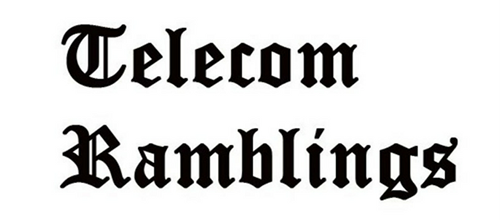RtBrick disaggregates Network Address Translation for carriers

This article was published in Telecom Ramblings on February 20, 2024. You can read the original article here.
Software routing pioneer is the first to integrate in-line CGNAT into an open multi-service edge switch
20 February, Fremont, California – RtBrick today announced that it has added support for Carrier Grade Network Address Translation (CGNAT), or NAT444, which translates private IPv4 addresses into public IPv4 addresses at a large scale. RtBrick is the first to provide CGNAT on Broadcom’s Q2C chipset, which is widely used to build the powerful open switches being adopted by telcos. Now, using RtBrick’s disaggregated routing software, an operator can deliver both CGNAT and a Broadband Network Gateway (BNG) on a single open switch to reduce costs and increase efficiency.
The initial Internet address scheme, IPv4, had roughly 4.3 billion unique addresses when it launched, but it didn’t anticipate the greater numbers of Internet-connected users and devices it would need to support. On February 3, 2011, the Internet Assigned Numbers Authority (IANA) allocated the final five IPv4 address blocks. Then, on November 15, 2019, the regional Internet registry for Europe, RIPE NCC, allocated the last twenty-two IPv4 addresses, signalling the exhaustion of IPv4 addresses. IPv6, a subsequent scheme, has since solved this issue. However, according to Cloudflare, only a third of IPv6-capable requests globally were made over IPv6 in 2023, and a lot of equipment today still only supports IPv4.
Due to the exhaustion of public IPv4 addresses and the number of connected devices, CGNAT is widely required by operators while IPv4 continues to dominate and will do so for the foreseeable future, as it enables the reuse of IPv4 addresses in a public address space.
“Disaggregation already brings carriers the flexibility and lower costs tied to open hardware,” said Hannes Gredler, CTO and founder at RtBrick. “Deploying in-line CGNAT and other multiservice-edge routing functions on the same switches further reduces costs and brings power and space efficiencies, simplifying operations.”
RtBrick has published a demonstration of its CGNAT in action here.
Network disaggregation separates the hardware and software that is traditionally provided within closed monolithic routing systems. RtBrick’s disaggregated multiservice-edge routing software has already been deployed in Deutsche Telekom’s production broadband network. To learn more about RtBrick’s pioneering approach to disaggregated routing, visit rtbrick.com.
About RtBrick
RtBrick Inc. has pioneered carrier routing software that runs on off-the-shelf hardware. It has applied the same approach to networks that the huge ‘cloud-natives’ have used to build and operate their web-scale IT services. RtBrick is a privately held company, incorporated in the USA, with staff located in Europe and India.